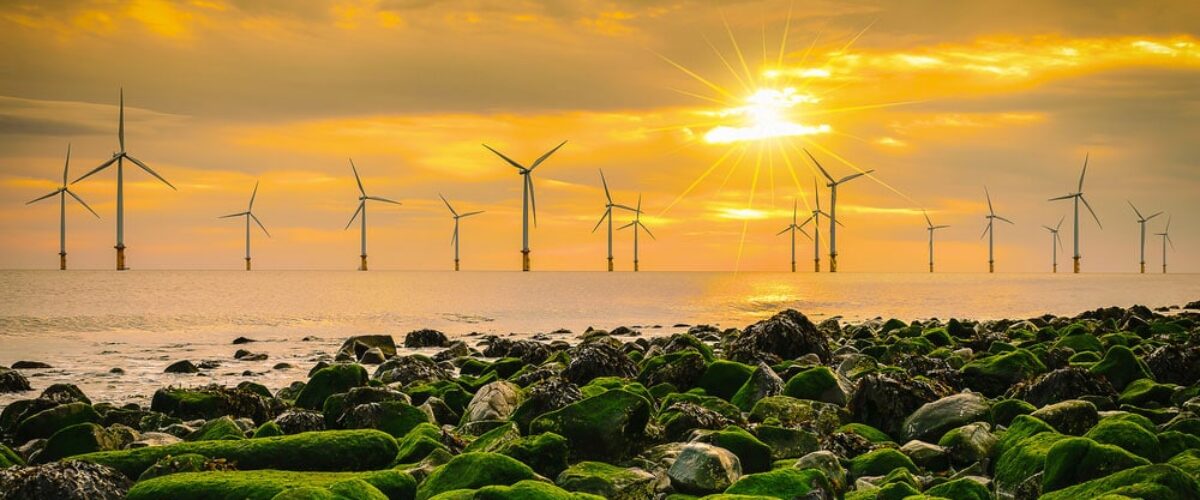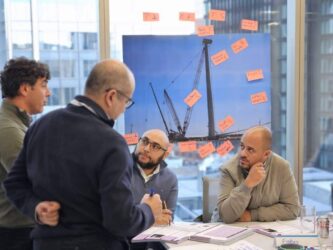Background
Renewable energy is at the forefront of tackling climate change, and projects like the Inch Cape Offshore Wind Farm highlight how far we’ve come. But these projects aren’t just about turbines and technology—they’re about teams.
To truly understand the future of offshore wind farms and clean energy, we need to explore how high-performing teams navigate the complexity of these projects and why traditional management approaches might not be enough.
Renewable energy projects: Complex adaptive systems in action
The UK is home to some of the most ambitious renewable energy projects in the world. From Dogger Bank Wind Farm, which will become the largest offshore wind farm globally, to the massive East Anglia Array, these systems showcase what complexity in action looks like.
Each project is a complex adaptive system—a network of interconnected teams, supply chains, and environmental variables. At Inch Cape, for example, components are sourced globally, with fabrication in China, transported across oceans, and assembled off Scotland’s coast. Every step involves challenges that ripple through the system, demanding adaptive responses.
The role of teams in renewable energy’s success
What makes these offshore wind farms successful isn’t just cutting-edge technology. It’s the teams behind them. At Inch Cape, high-performing teams are solving problems collaboratively and in real-time. From engineers to environmental experts, these teams embody the adaptability needed to handle the unpredictable nature of complex systems.
Inch Cape Offshore Wind Farm: A case study in collaboration
The Inch Cape Offshore Wind Farm, soon to rise from the North Sea, is a perfect example. This project isn’t just about erecting turbines; it’s about managing a web of interconnected systems. Ports like Montrose and Leith are hubs of innovation and collaboration, ensuring that components are installed efficiently despite global supply chain challenges.
How the UK is leading the offshore wind revolution
With 77 gigawatts of offshore wind capacity projected by the 2030s, the UK is setting the global standard for renewable energy projects. These projects—like Dogger Bank, Inch Cape, and the East Anglia Array—are as much about managing complexity as they are about generating clean power.
But with scale comes challenges. These systems demand new ways of thinking, particularly when it comes to team management and collaboration.
Why traditional management approaches may be holding us back
Traditional management approaches, built for linear, predictable systems, struggle in environments like Inch Cape. Delays in turbine fabrication or transport can cascade across operations. High-performing teams succeed not by following rigid plans but by adapting, innovating, and solving problems collaboratively.
The question is: are we training our teams to thrive in this environment? Are traditional team management strategies equipped for the complexities of offshore wind farms and renewable energy collaboration?
Are we ready to unlock the true potential of renewable energy?
The success of projects like Inch Cape proves that renewable energy systems thrive when teams are empowered to adapt and innovate. But as the UK’s offshore wind sector continues to grow, we must ask ourselves:
Are our management and training practices evolving fast enough to meet the demands of these complex systems? What if the greatest barrier to achieving our climate goals isn’t the technology—but us?






